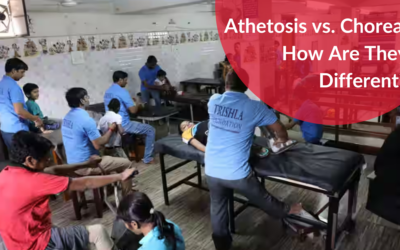Spina Bifida
Spina Bifida is a congenital development disorder caused by incomplete closure of the Embryonic neural tube that leads to the bony defect in the vertebral canal through which the spinal Card, nerve root, and meanings come out of the canal or protrude. The first stage of development defect of spina bifida occurs in the first two to three weeks after conception before the mother knows she is pregnant. The defect can occur anywhere along the length of the spine but most commonly occurs in the lower back. The severity of the defect varies greatly from one individual to another ranging from no noticeable impact to severe paralysis and loss of sensation Lesions higher in the spinal column result in more weakness of the trunk and possibly the arms as well as the legs because the nerves that control the bowel and bladder are located on the lowest part of the spine. The function of those organs will likely be compromised in all clinically significant cases. Milo meningocele is the most common type of spina bifida presents as a sec of exposed meninges or spinal cord membranous coverings frequently containing parts of the spinal cord and the nerves attached to it. When a baby is born with this condition, it is critical to surgical repair, the defect and cover the lesion with skin within the first 24 to 72 hours after birth to prevent infection in the nervous system and further nerve damage in children born with Milo meningocele will also have hydrocephalus.
Hydrocephalus occurs when the cerebrospinal fluid flow is obstructed or blocked then pressure from the fluid may build the ventricular system causing the brain and skull to expand.
It is typically treated by surgical insertion of a shunt to allow the fluid to flow out from the brain. It is important to note that each child born with spina bifida is unique and has different degrees of clinical symptoms and functional limitations. The appropriate medical care rehabilitation guidance and encouragement many individuals with spina bifida may live productive and fulfilling lives.
Spina Bifida Causes
Now the exact causes of spina bifida are unknown, but there are known risk factors for folate or Vitamin B9 deficiency during fetal development. Therefore parental includes folic acid, which is manufactured as a form of folate. The development of deformities, though, that cause spina bifida often takes place in the fourth week of pregnancy (which is 21-28 days) and this could be before women might know she’even pregnant and therefore she’s not taking prenatal vitamins yet. To help combat this, enriched grain products like breakfast cereals made with whole grains have folic acid added to flour as a general preventative measure.
Other risk factors for having a child with spina bifida include obesity, poorly controlled diabetes, and taking medications that interfere with folate metabolism like certain anti-seizure medications.
Spina Bifida Diagnosis
Diagnosis from the most severe spina bifida-myelomeningocele is often done. Presently by looking for an increased level of alpha-fetoprotein (AFP) in the mothers. Serum, which can happen when the skin surrounding the fetus’s spine is missing and AFP leaks into the amniotic fluid and the mother’s bloodstream. AFP, though, can be elevated by other conditions as well to get a more exact diagnosis of spina bifida. Additional blood tests for human chorionic gonadotropin (HCG), inhibin A, and estriol, as well as ultrasound, are usually done for spina bifida diagnosis. In more serious cases, amniocentesis (where a sample is taken directly from the amniotic sac surrounding the fetus) can be performed.
Spina Bifida Treatment
Treatment of Spina Bifida includes prenatal surgery, close to a myelomeningocele. However, spina bifida surgery can be dangerous to the developing fetus as well as the mother. In this case, postnatal surgery is chosen, it is often done within the first few days of an infant’s life to minimize the risk of infection like meningitis. Even, if the surgery is successful, people with the condition typically need additional interventions such as urinary catheterization to help with urination and crutches or wheelchairs in the case of cerebral palsy because the damaged or underdeveloped spinal nerves can’t be repaired.







